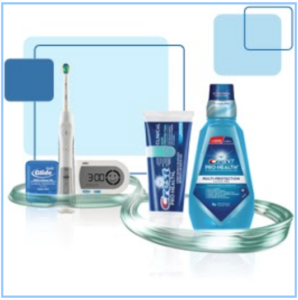During the first week of your treatment, as your teeth and gums are adjusting, you may want to choose softer foods, like pasta. Knowing what to eat your first week with braces takes some of your own discretion. You can integrate harder foods into your diet as soon as you’re feeling up to it.
Here’s a list of foods you can eat with braces:
- Dairy — cream cheese, pudding, milk
- Breads — tortillas, pancakes, muffins,
- Grains — pasta, rice, cereal
- Meats — soft chicken, soft meatballs, lunch meats
- Vegetables — cooked carrots, peas, beans
- Fruits — bananas, kiwis, strawberries, grapes
- Treats — ice cream (no nuts), milkshakes, Jell-O, frozen yogurt
For all of our foodies out there, if you prefer a treatment option that doesn’t require any dietary restrictions, Invisalign or another clear aligner might be better suited for you. You can remove your aligners to eat, so you won’t have to make any adjustments to your diet.



